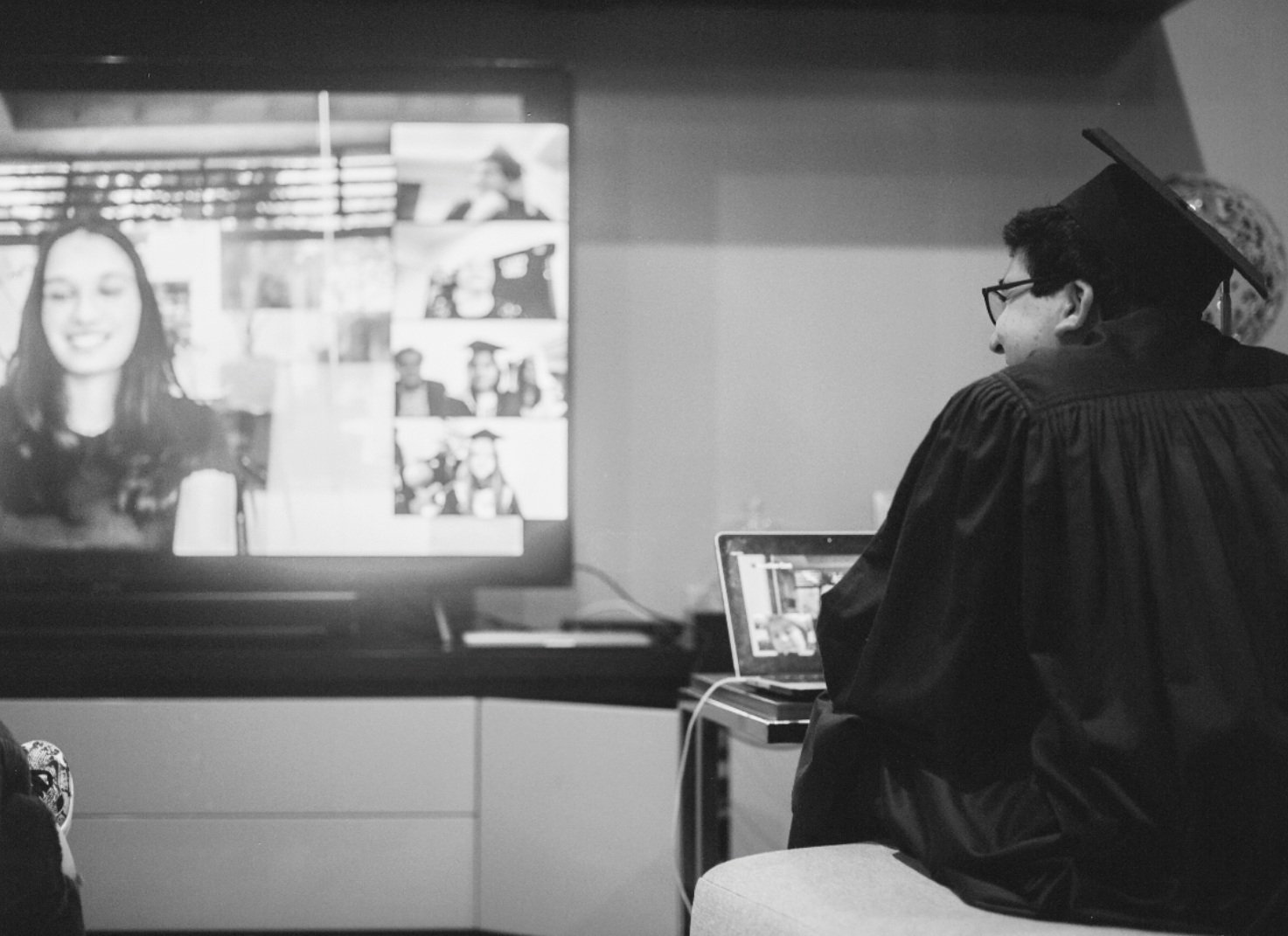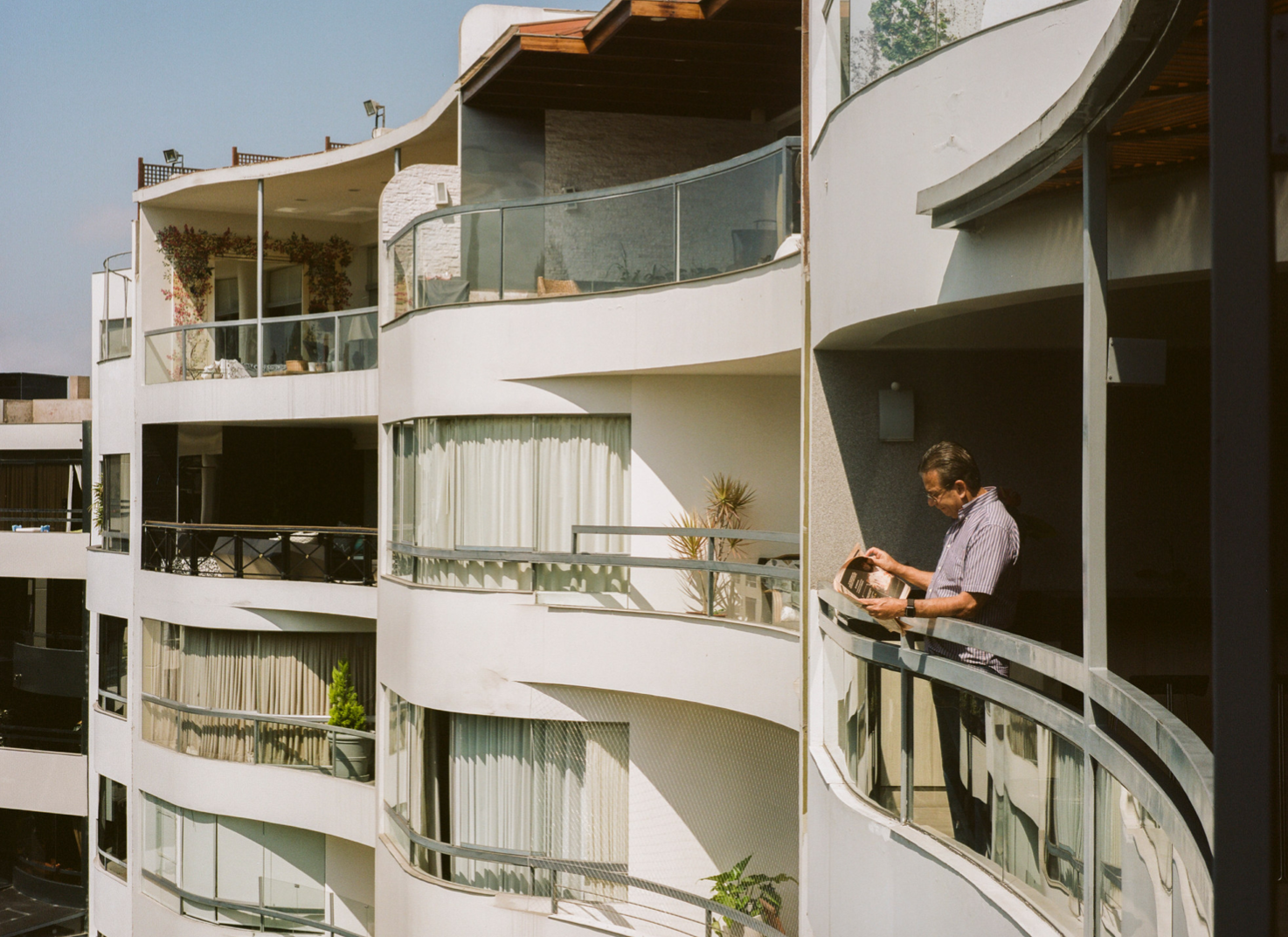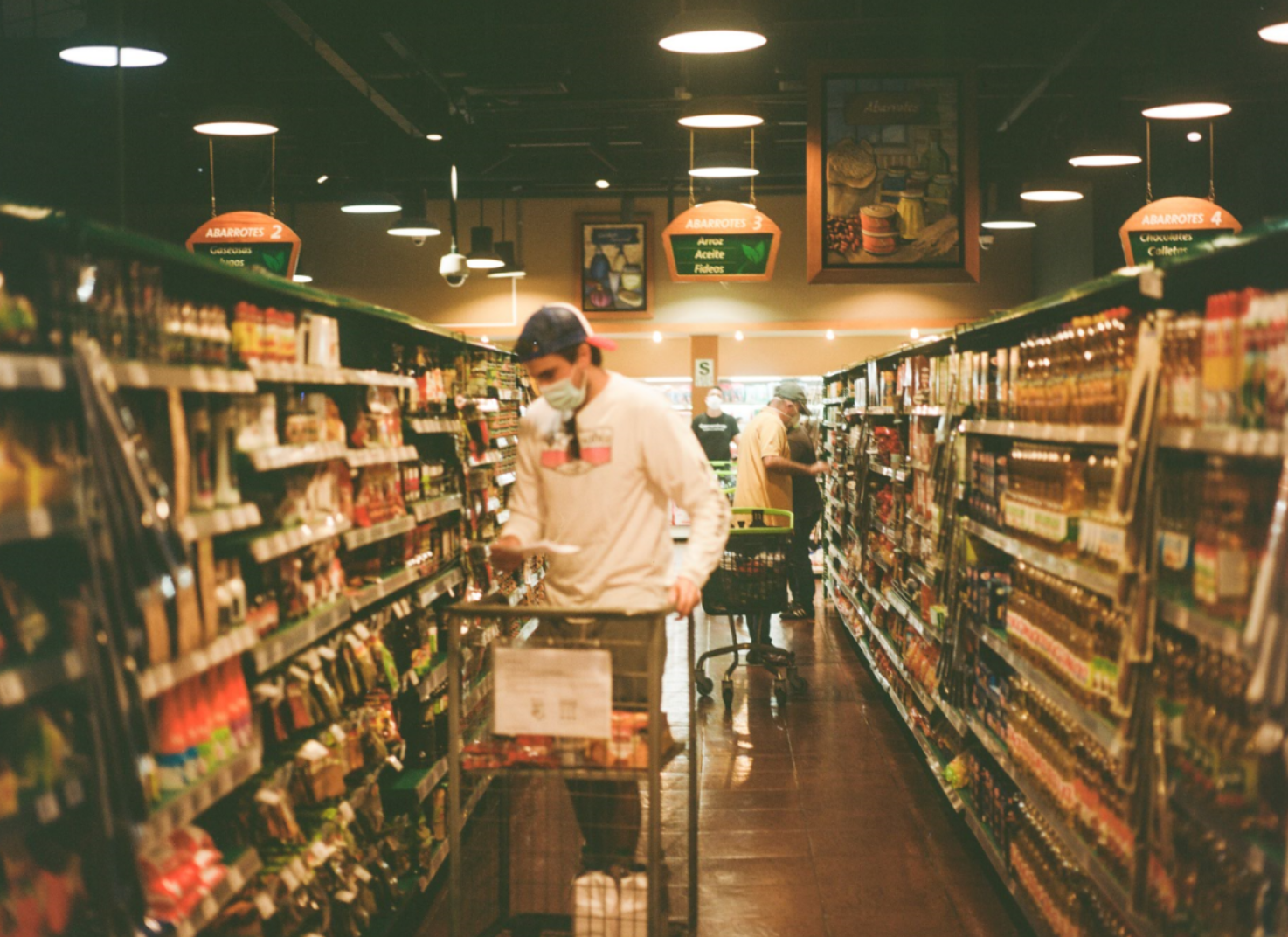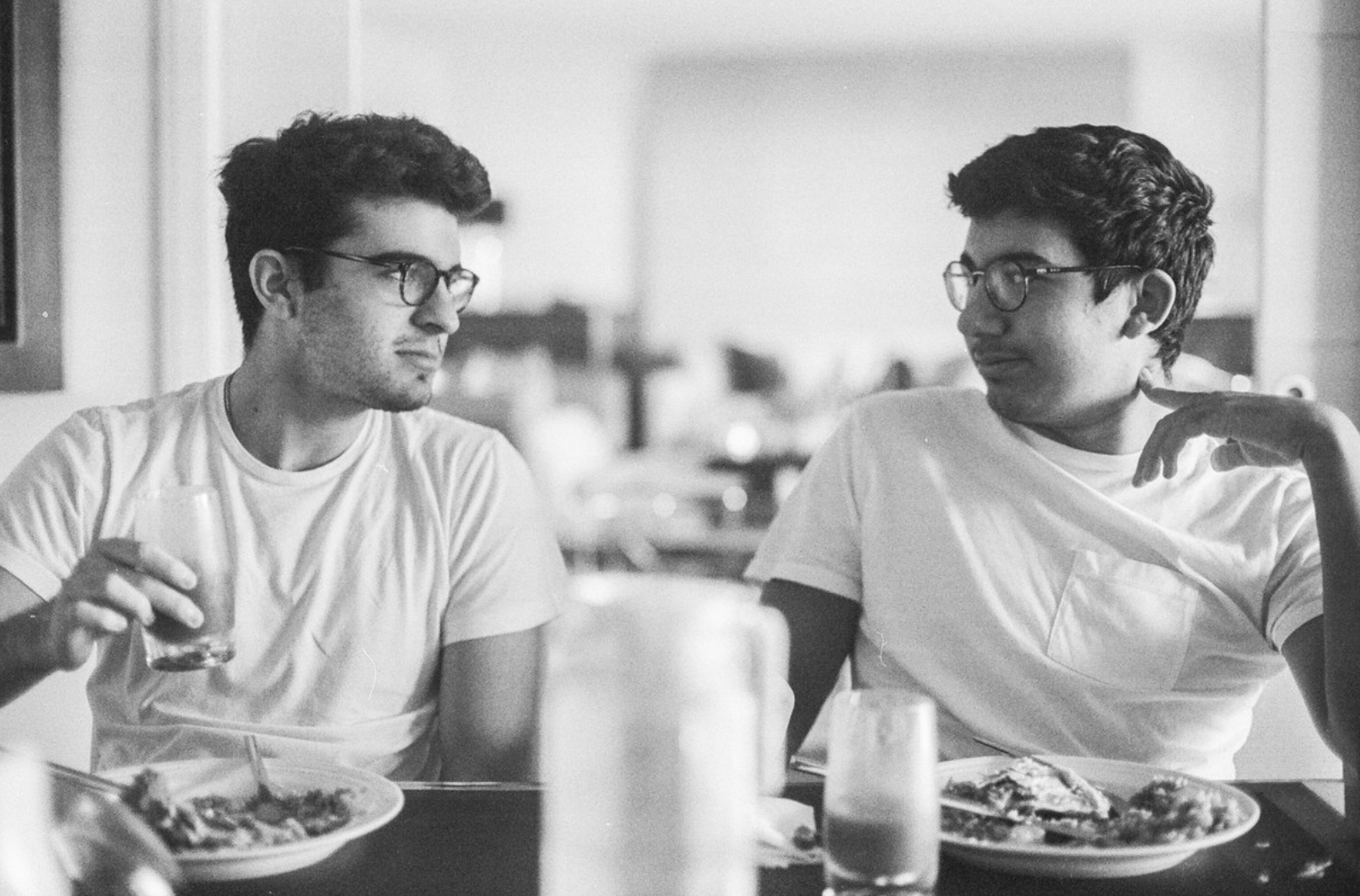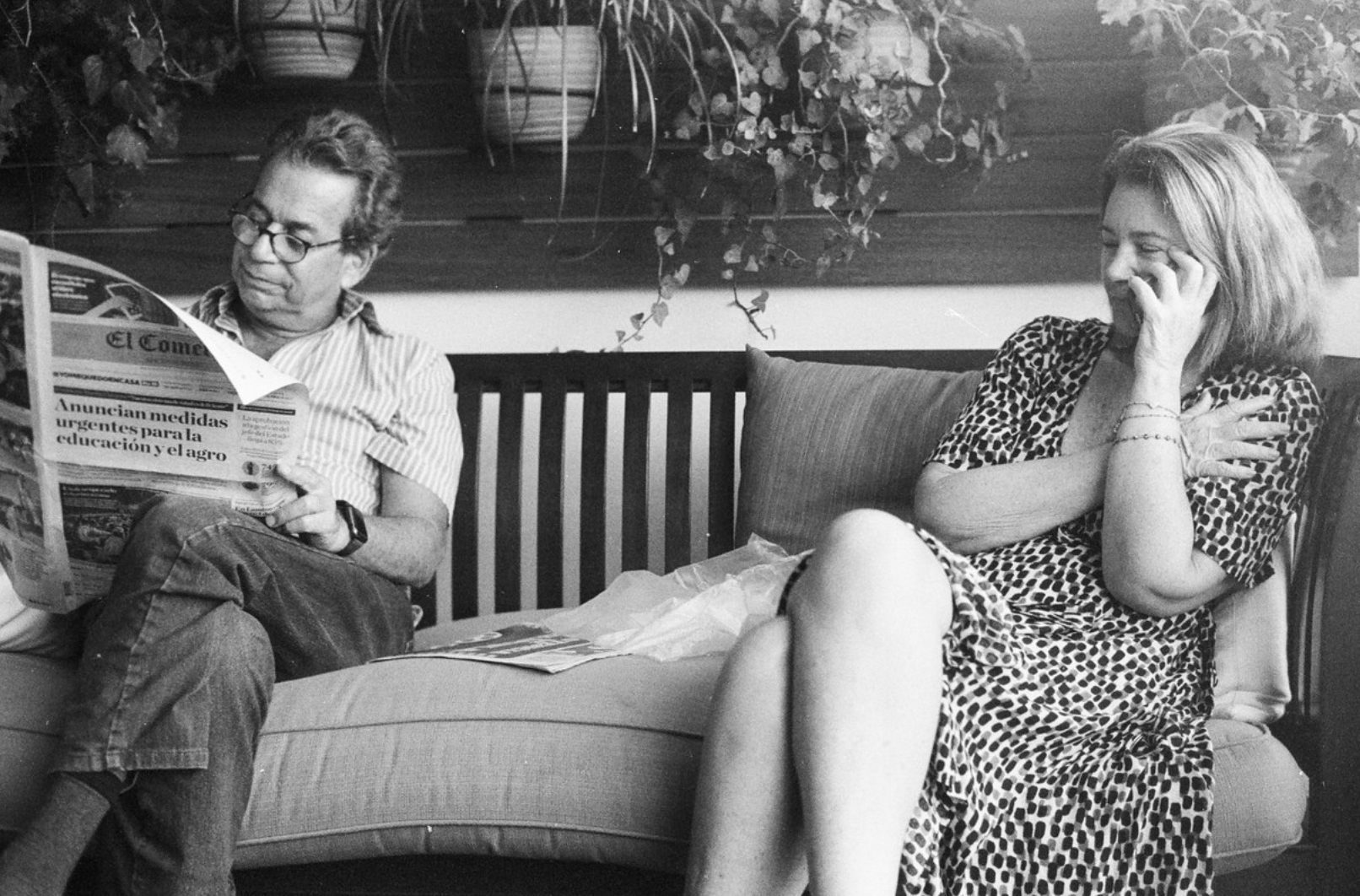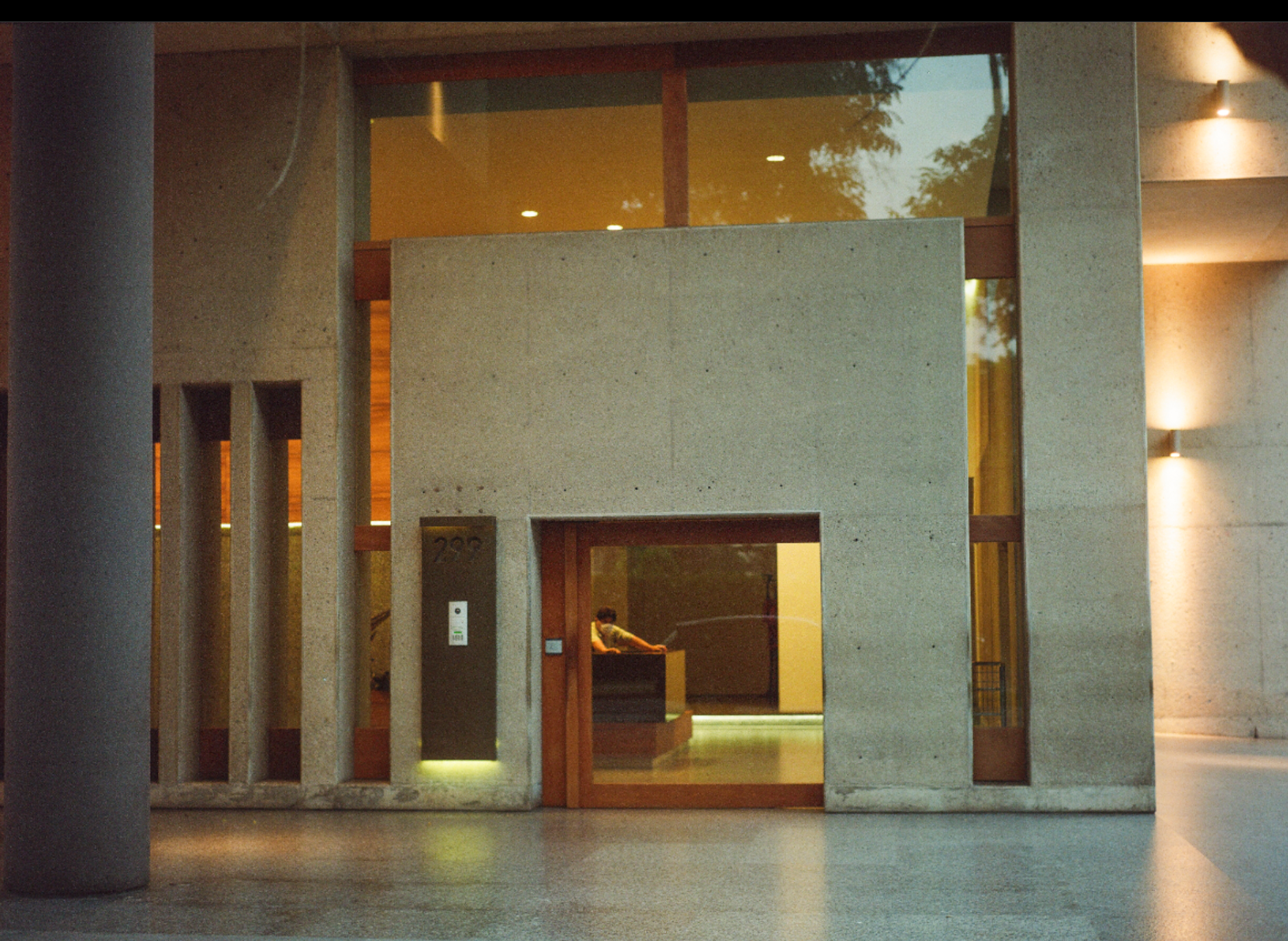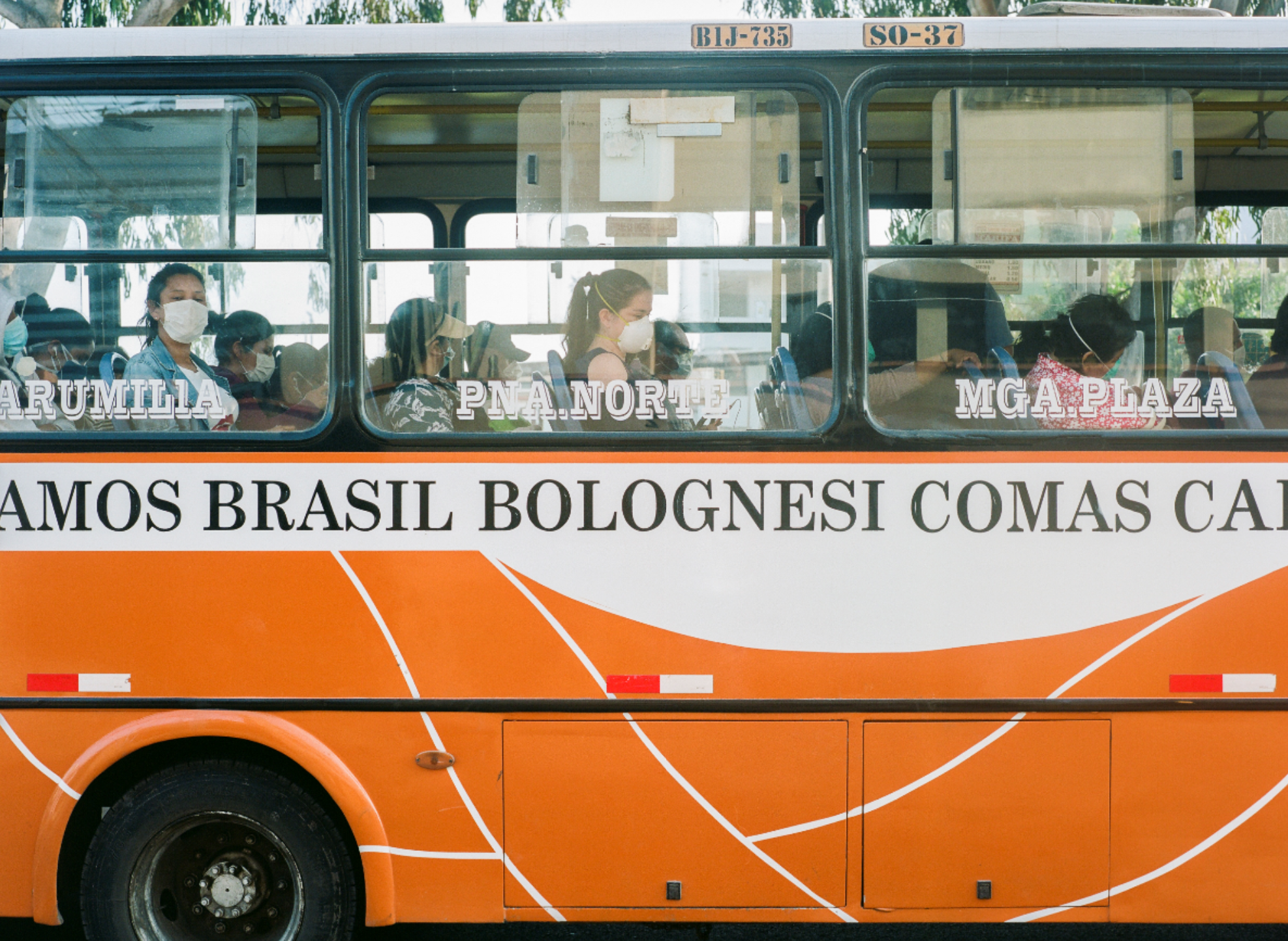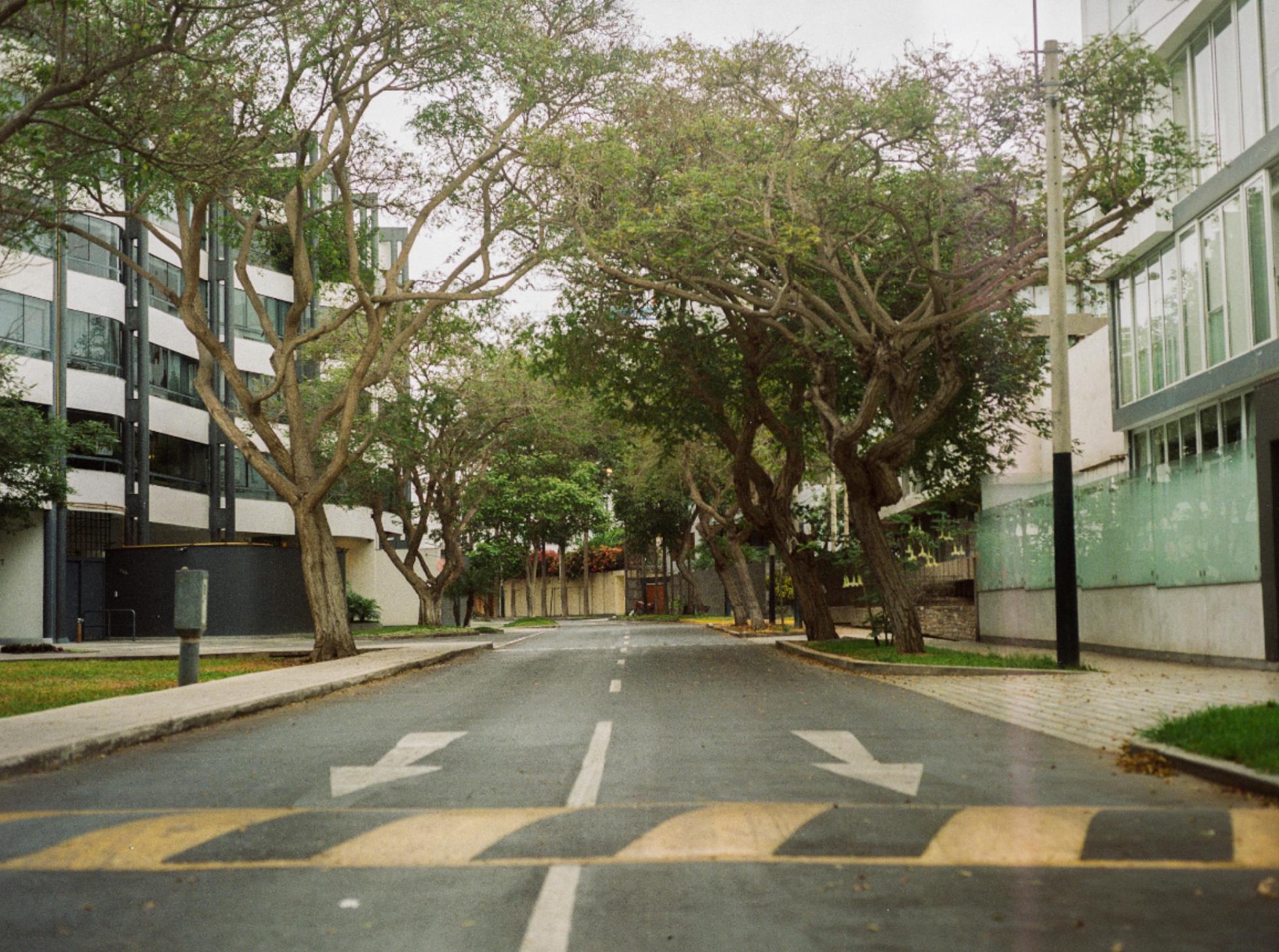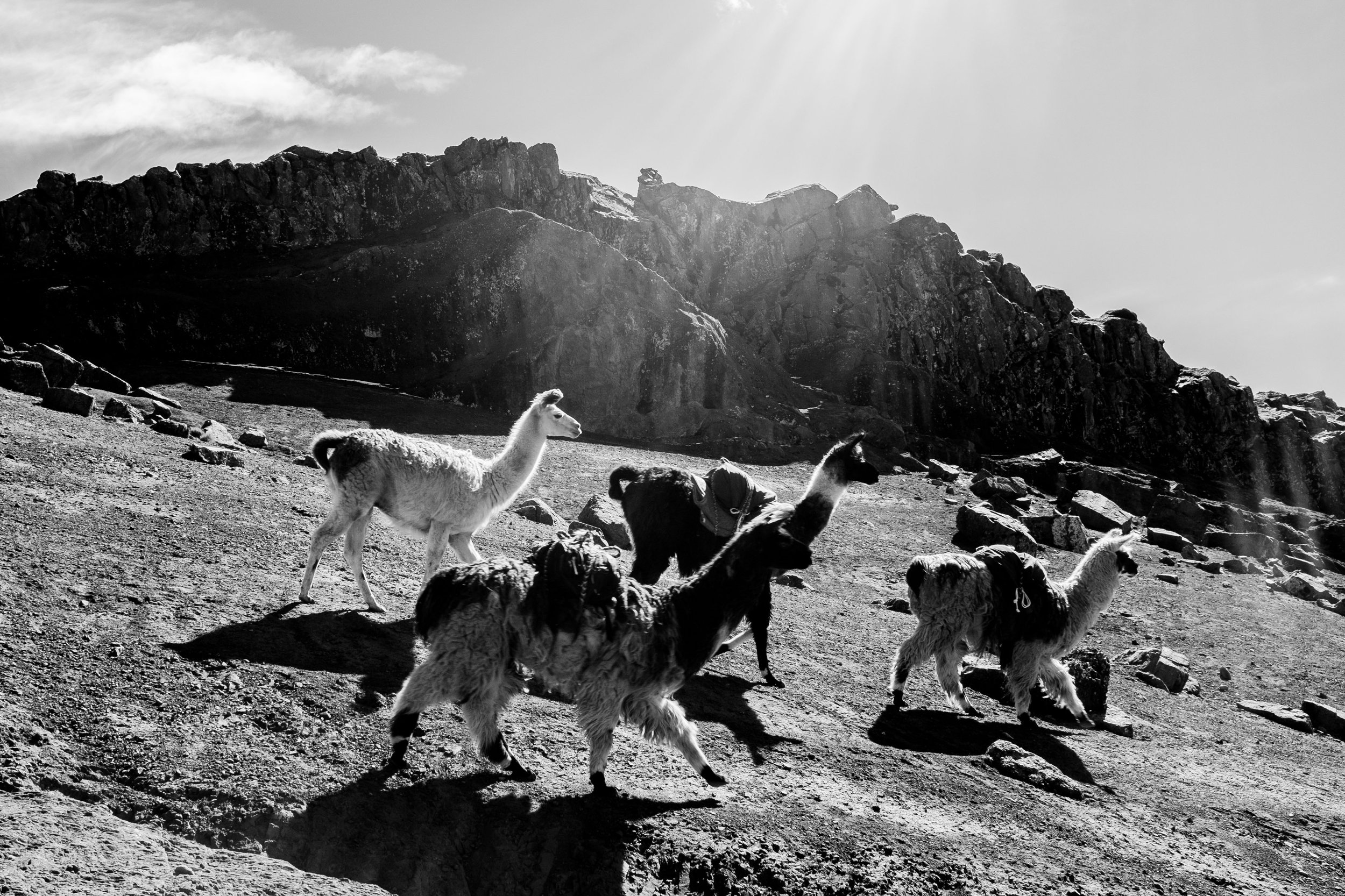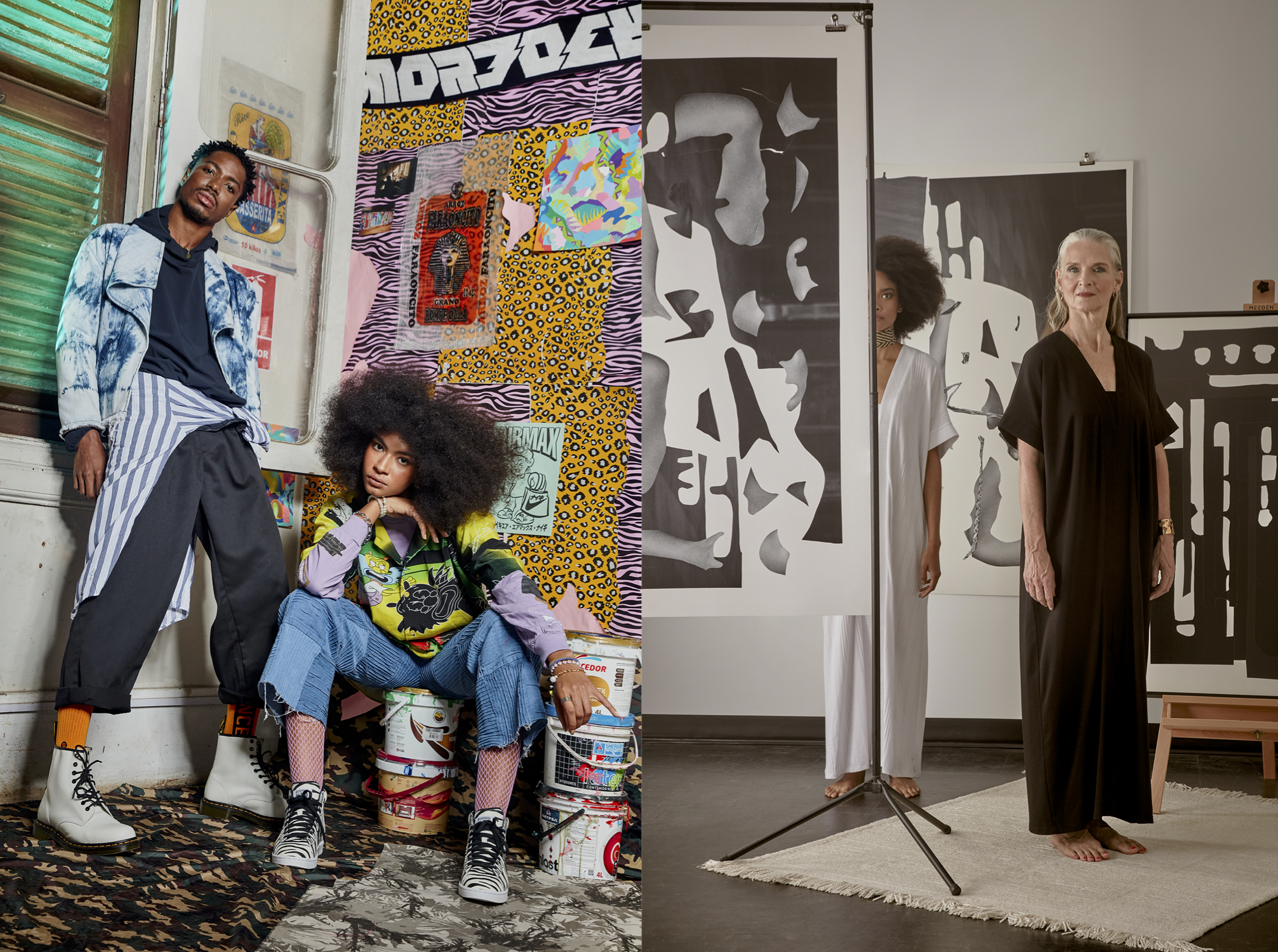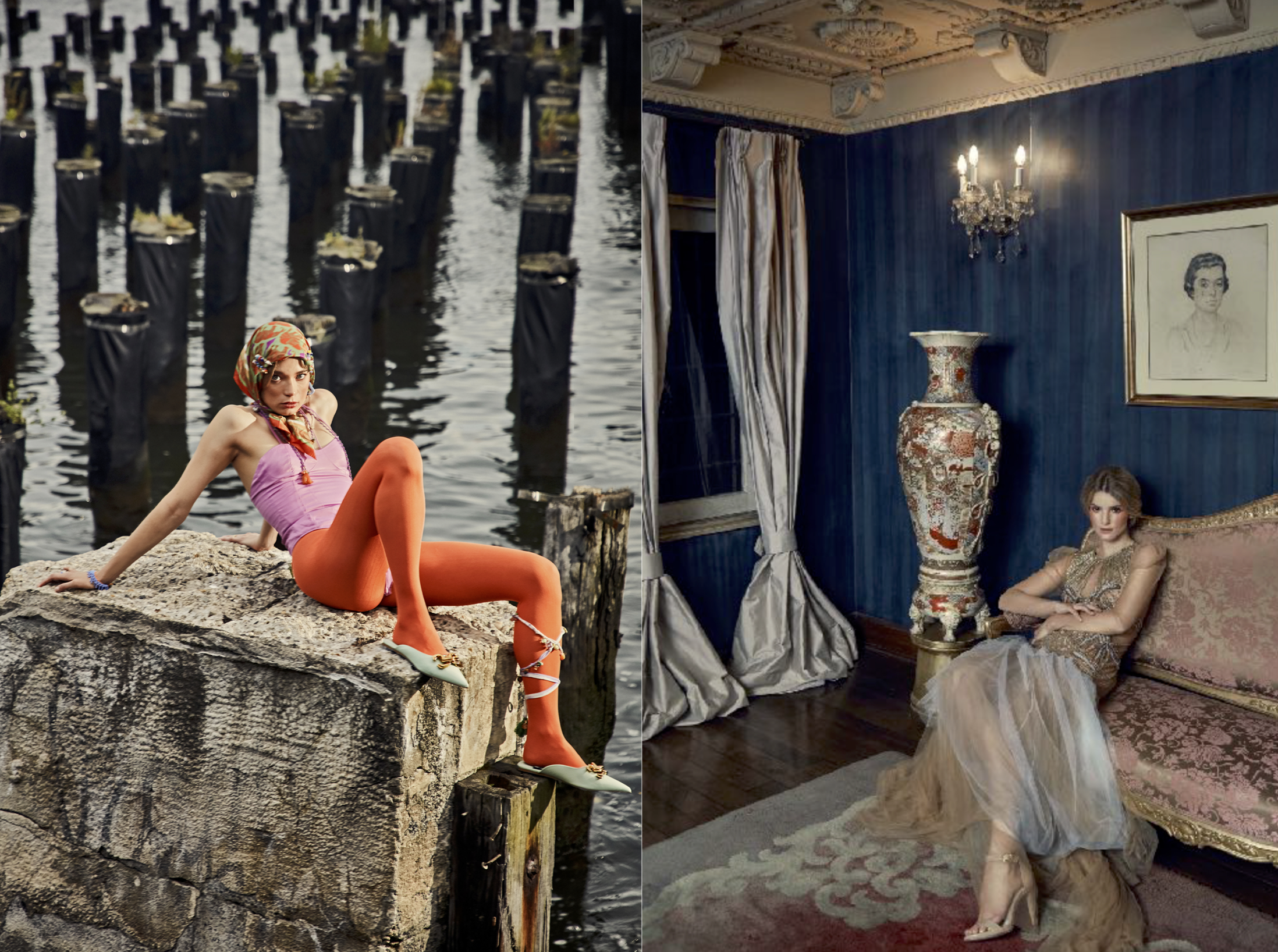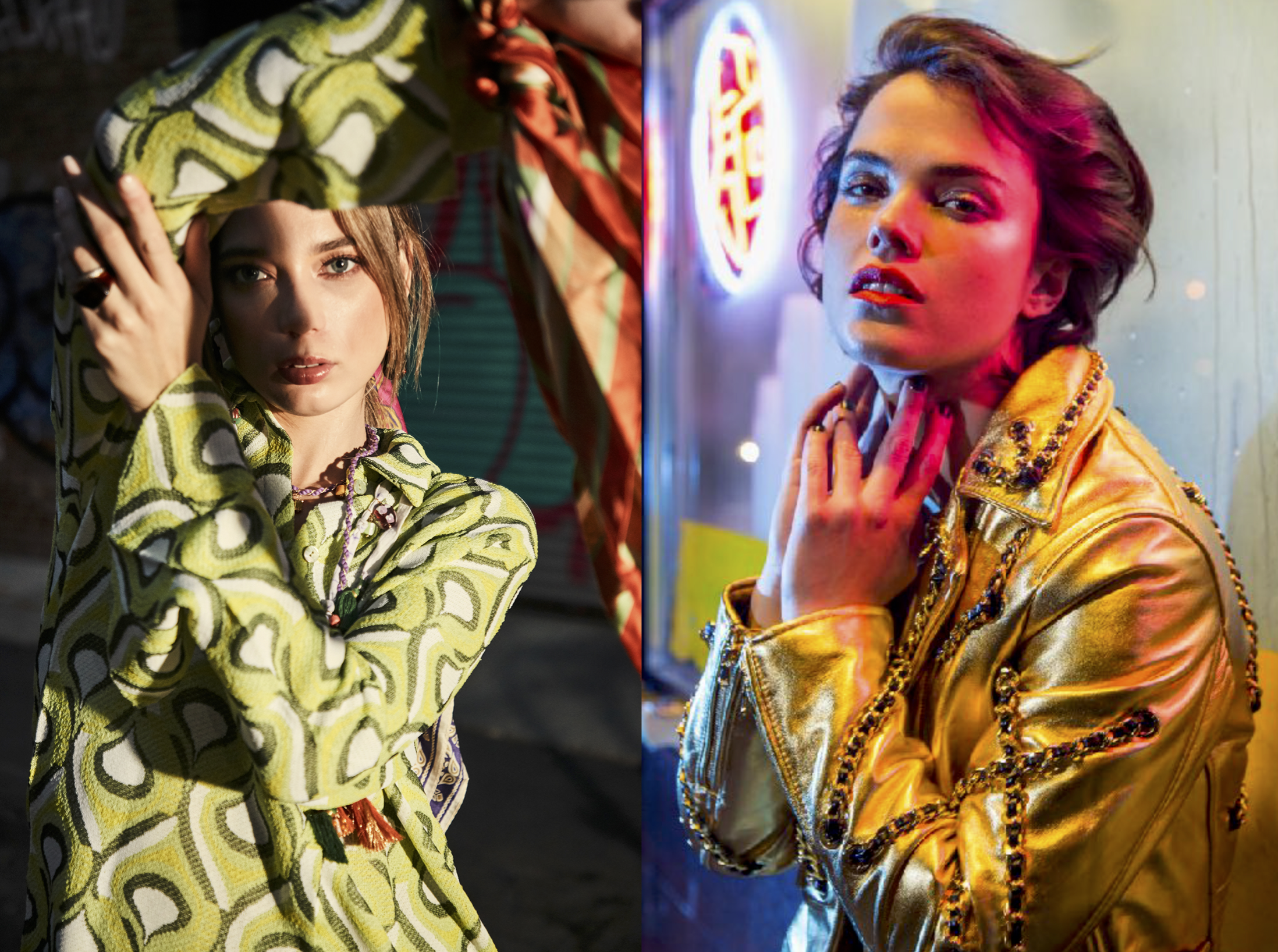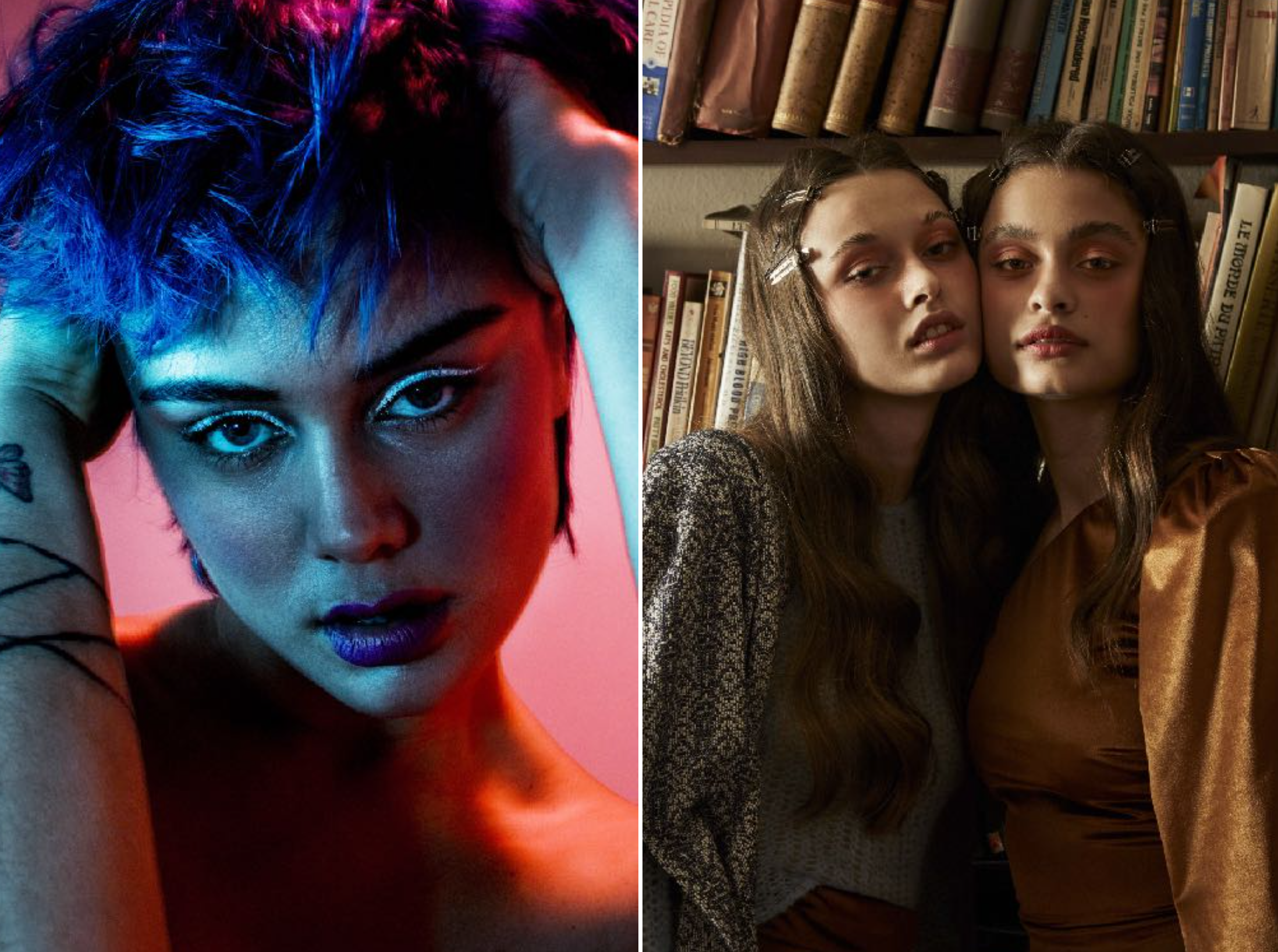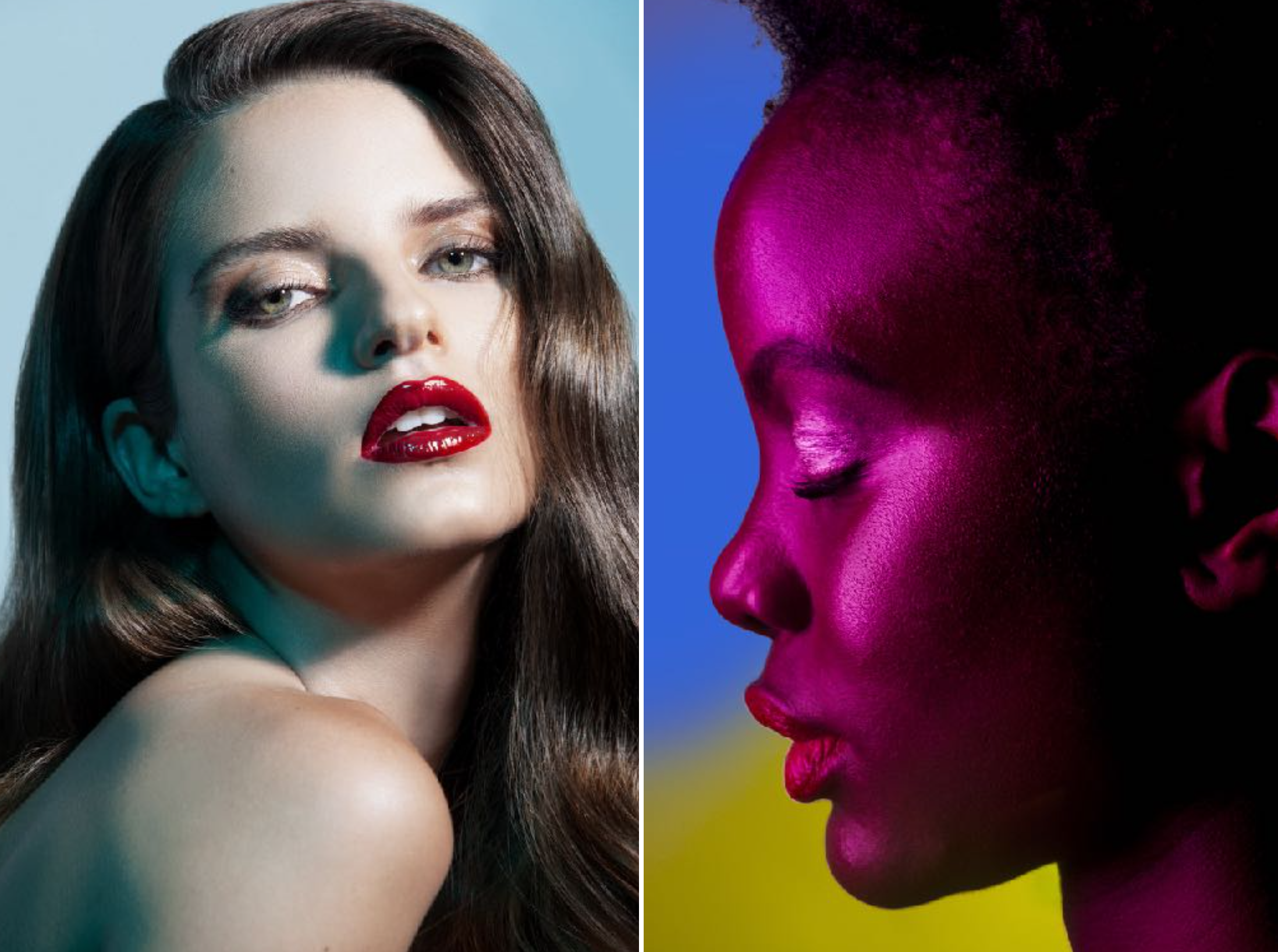Home Is A Suitcase
AN INTERVIEW WITH GABRIEL BARRETO BENTÍN
On a busy train back to Madrid, Peruvian photographer Gabriel Barreto shares an afternoon with us to discuss his career, his life, inspirations, and his outlook on the future. Gabriel also discloses some exclusive details about his upcoming publication, Andinos: Encounters in Cusco, Perú, which will crown itself as Barreto’s first book.
Sebastiana and Lisset. Choquehuanca, Lares, 2019. Photo: Gabriel Barreto.
This first question relates to our issue’s core theme: “Home.” For you, what does home mean?
That’s a difficult question. Until I was 19 years old, I lived in the same room. Up until that point, my house had an exact definition – a street address and a number. That concept changed when I moved to New York City and became a college student. Most of my sentimental anchors –my parents, my friends, even my stuff – stayed in the same address, while I moved and acquired other definitions of what home meant to me. Now that I left New York and have no postal address, the concept of home becomes even blurrier, but I will always come back to my home in Lima. For now, my home is this small suitcase I carry with me on the train (laughs).
Portrait of Gabriel Barreto. Photo: Slavia Salinas.
That’s insightful. Home means something different for everyone. Adding onto your feeling of home, how do you feel you shape your photography through what seems familiar to you?
I started as a photographer when I was really young, so I believe my view on what home is to me will always, on some level, be expressed through my work. One of my first projects as a Sophomore in college was a short film called Una Lagrima en Mi Balanza (A Teardrop in my Scale); a visual poem I did with a close friend of mine, Antonio D’Angelo, who had also recently moved away from Lima. With that project Antonio and I tried to express the nostalgia we felt daily for the first years after leaving home.
Above: Short-film by Gabriel Barreto & Antonio D’Angelo, produced in 2017.
Another project that reminds me of home is Limbo. When Covid-19 hit New York, I went back home to my family in Lima, Peru. After a couple weeks in lockdown I grabbed my medium format camera and started documenting my everyday life. I started by photographing my family but ended up going on walks almost every day to shoot the deserted streets of Lima. We then combined it with Elisa Ciappi’s writing during the pandemic to create a visual essay about our experiences.
Above: Limbo project by Gabriel Barreto, created on 2020.
Coming back to the macro-sense of things, I also feel excited to announce I will be publishing my first book, Andinos, on February 2022, with Rizzoli New York. The book visualizes my experience of getting to know the Peruvian Andes through my photography. I think, in this sense, my country has made a great impact on my work.
How do you feel about this debut as a print photographer – having your own book published?
I still can’t believe it. I have worked on this for so many years that, when the publishing was confirmed, a lot of memories came flooding back in. It was hard to put everything together and shape it into a book. From deciding the cover’s texture to the images’ post-production, a lot had to be done. But the harder I work, the better I feel about the outcome. Now, the first copies have arrived - and I’m thrilled.
When is the exact publishing date?
The book will be distributed internationally on the 15 of February, 2022 by Rizzoli. However, the BCP (Banco de Crédito del Perú) has pre-ordered 1,500 copies as a Christmas gift for their premium clients and I will be selling an additional 500 copies in Lima starting on early December.
Building up on Andinos, you talked about your first experiences in the Peruvian Andes. Do you remember your first time in Cusco?
The very first time I went to Cusco, I was a young boy in middle school. It felt more like a school project than a trip, to be honest – so I would say my first real experience there was when I was about to leave for New York. I went with my uncle Carlos, and we road tripped all the way from Lima to Cusco and spent a month getting to know the region. After I first saw the pictures I took in that trip, I understood I had viewed the Andes with rose-colored glasses. We were on tourist-mode, sleeping on hotels and watching the landmarks from afar.
Cusco, Peru. Photo: Gabriel Barreto.
My next experiences were very different. I wanted to live the real experience of the Andes. In the visual introduction to the book, I try to mirror the journey I went through, as I slowly became acquainted with the rural communities of the Andes and portrayed them in a more empathetic way. In my opinion, those where the moments I felt I got to know the Andes the most.
Book Cover: Andinos: Encounters in Cusco, Perú.
Tell us more about your experience as a tourist. How do you think it differs from being a resident?
As I was traveling across Southeast Asia, we stayed for three nights in a Vietnamese household in Sapa Valley. They didn’t speak a word of English, but they received us in their home as if we were part of their own.
Sapa Valley, Vietnam. Photo: Gabriel Barreto.
This made me reflect about my experiences in Peru, so I came in contact with Francesco D’Angelo, an anthropologist and friend, who ended up writing the conclusion for my book. I asked him if it was possible to implement this idea in Peru. From then on, I became interested in the idea of not just visiting the Andes, but to live together with the communities that inhabited it. For three months, I became part of their family. I slept in their homes, ate in their dinner tables, and shared moments of deep connection with them. That was the most important thing for me.
Let’s now fast-forward to the future. As a photographer, how do you see yourself in a few years’ time?
That’s an impossible question (laughs). Now, I’m couch-surfing in my friends’ homes around Europe. I’m searching for job opportunities in Europe and in New York, discovering new and exciting projects and working with incredibly talented people. I plan to go back to New York to do a launch event for the book – but I’m uncertain about where I’ll end up. I’m in a period of searching what my home is and where – both creatively and personally.
What do you think you’ve learned in your process of searching for where you belong?
The first thing I have learned is to patiently navigate the pressure of looking for a fixed artistic style. For a young person, it’s a hard thing to do, and sometimes it is somewhat meaningless, because we’re still growing. We need to find peace in the playfulness of not being completely sure what defines us. We’re constantly evolving – and we should appreciate and enjoy that.
What would you say to the audiences that have yet to know you as a photographer?
I feel I would like them to know about the personal depth of my projects, as well as my drive to work commercially. I am one of the outliers in the photographic community who actually enjoys doing commercial work. Working with mood boards, creative directors and collaborating with brands that I admire has been the highlight of my college years. It is an important part of what photography means to me.
Gallery: Barreto’s commercial photography portfolio.
After some extended small-talk, the interview ended with us wishing Gabriel a great trip. Months later, you can find him in the world’s airport terminals, train or gas stations while he travels the globe. At this very moment, we imagine him coursing through busy streets and taking snapshots of imposing monuments, or even busier citizens. What’s next in store for him? The presentation of his new book, Andinos: Encounters in Cusco, Perú, one of very many milestones in his promising career. Stay in touch with Gabriel’s work through his Instagram profile and his website.




